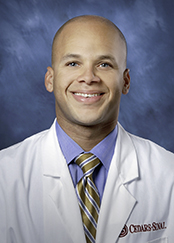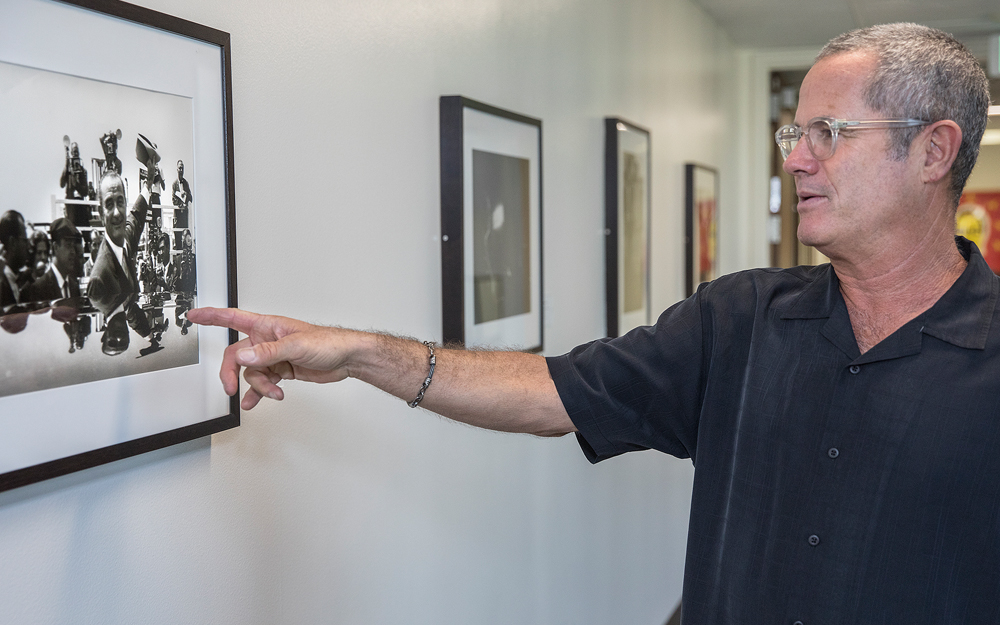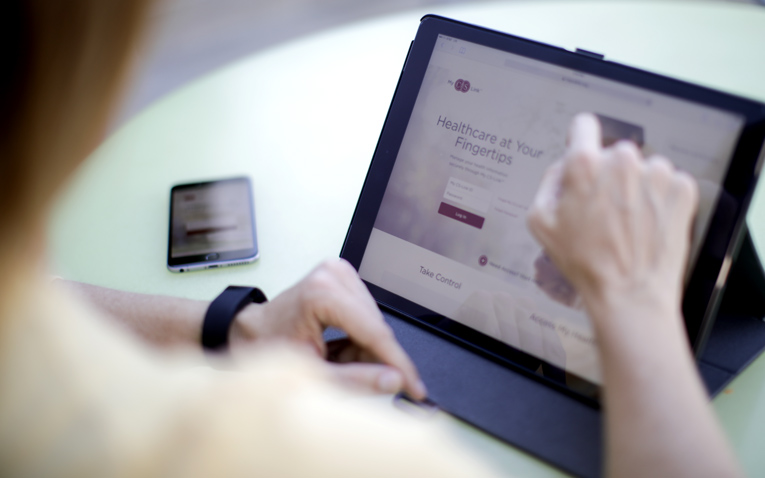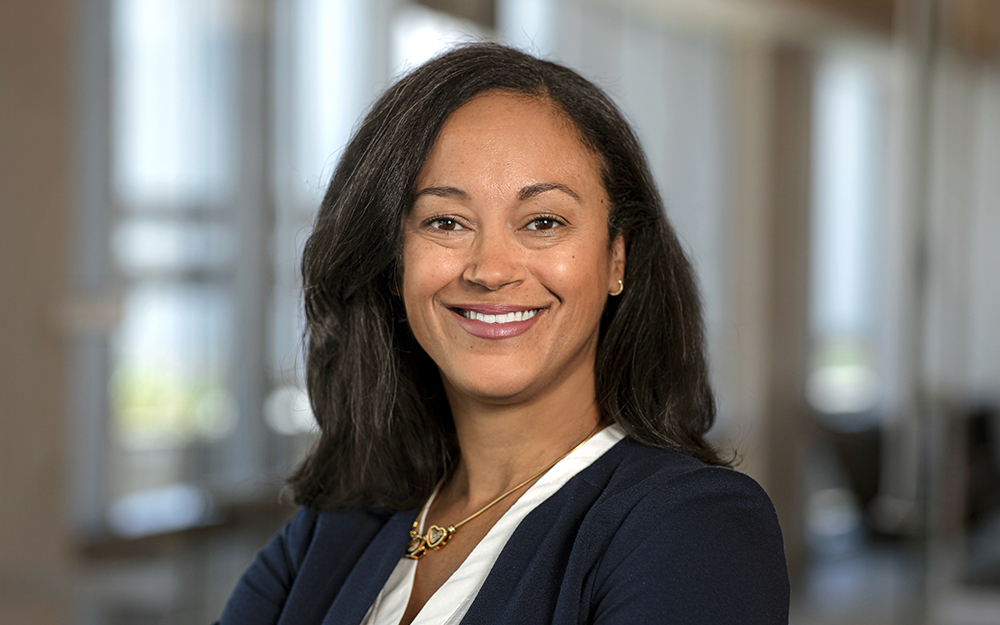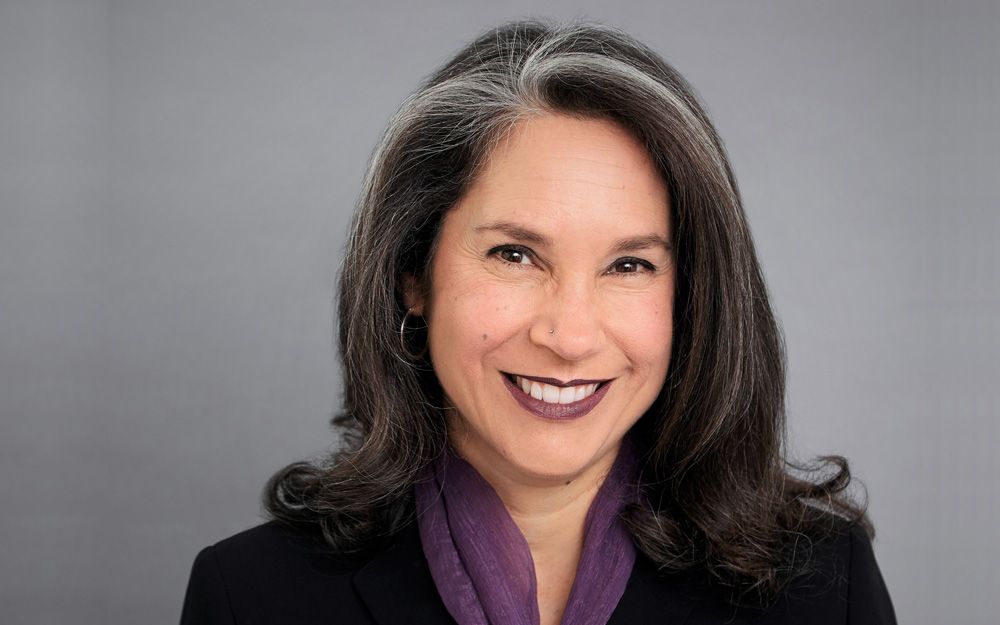The Healing Powers of Art
Date
February 14, 2024

Date
February 14, 2024
Credits
Medical providers featured in this article
In Brief
{{cta-block}}
While stuck in his car in a crush of Santa Monica Boulevard traffic, an exhausted Kurlen Payton, MD, caught a glimpse of a green-and-gold ficus tree one evening just over a decade ago. Payton—who was then in his early days as a Cedars-Sinai intensive care neonatologist and the father of two young children—decided to sketch the scene, and he has been sketching ever since.
Curly tree sprigs and urban sidewalks. Hollywood pedestrians. A gnarled shallot. Drawing those images became a way to pay closer attention—almost like meditating—and gave him a chance to notice the beauty in easily missed details. More than 1,000 sketches later, Payton, who is now the medical director of the Neonatal Intensive Care Unit at Cedars-Sinai Guerin Children’s, credits his creative practice with inspiring a sense of awe that helped him buffer the stresses of work and life.
“Everyone can benefit from microdosing creative activities."
{{providers}}

For both doctor and patient, art can be a powerful healer. Research has found that creative expression fosters adaptability, connection, and a positive mindset and self-concept while also combating anxiety and depression. That has boosted the role of art therapy, as more people recognize its value in coping with tough emotions, trauma and serious illness.
Studies even point to the arts fostering sharper cognition and reducing memory disorders, as well as extending brain health in those who already have dementia. Being engaged in the arts also is associated with disease prevention and healthier hearts, lungs and other organs.
In a 2021 Neuropsychologia study using functional MRIs, drawing, in particular, was found to be especially impactful. In the study, drawing stimulated areas in the brain’s prefrontal cortex and cerebellum that control attention, decision-making, information-processing and memory.
Self-taught in art, Payton had loved drawing as a child. As a 5-year-old, he produced a 40-page mural of an army convoy. But when he started medical school, art fell by the wayside. It was another 15 years until he drew again.
“Sketching is like taking your brain to the gym,” said Payton, who quickly discovered that it relieved his stress and opened his mind. Even just “microdosing” creative activities, he said, “changes the way that you experience the world.”

State of Mind
The mind-body connection nurtured by art was highlighted in a Drexel University study. It found that just 45 minutes of creating with collage materials, clay or markers dramatically lowered salivary cortisol—the stress hormone—in 75% of participants. Artistic expression is also linked to reduced blood pressure and heart-rate variability, improving cardiovascular health even after a heart attack. And its anti-inflammatory properties support the immune system.
“As humans, we need creation,” said art therapist Louvenia Jackson at a recent Cedars-Sinai Center for the Arts and Humanities in Medicine (CAHM) event on merging art and medicine.
The Loyola Marymount University professor added that art therapy helps people process and communicate complex feelings, such as grief and aggressive urges, that can build up.
The Art of the Pivot
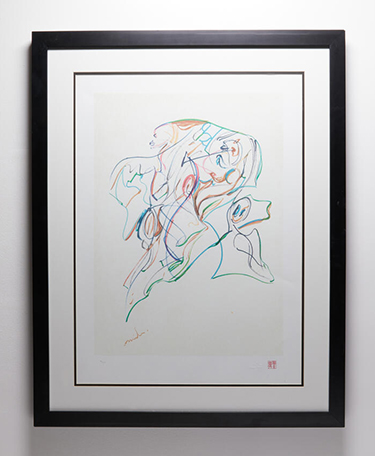
When you find yourself in a health crisis, art might be the last thing on your mind. Picking up a pen or paintbrush likely won’t cure your cancer, after all.
Yet engaging with the arts (both making and observing) can help patients with cancer, diabetes, cardiovascular conditions and respiratory disease manage their mental health and chronic symptoms, such as pain, fatigue and nausea. According to emerging evidence, arts programming—including expressive writing—can shorten hospital stays and reduce medical visits and the need for pain medication.
Throughout Cedars-Sinai’s healing gardens, patient rooms, halls and plazas, a therapeutic art collection of more than 4,000 original pieces—including paintings, lithographs and sculptures—offers comfort, restoration and motivation to recover.
For doctors and caregivers, art is linked with improving ability to handle demanding, stressful jobs, which could offer respite during an ongoing physician burnout crisis. Some studies show arts-based training also strengthens clinical skills and listening.
“It’s very clear we should put funding and effort into reintegrating arts and humanities into science, medicine and engineering,” said Payton, who launched the Cedars-Sinai Visual Arts Program in July 2023.
Housed within CAHM, the program organizes regular sketch sessions and other events for employees to make, exhibit and discuss art and its link to health.
“Art can move people very deeply, either through its sheer beauty or through the strength of the message it conveys,” said Elias Aboujaoude, MD, MA, director of the Program on Internet, Health and Society, which hosted the discussion.
A Drawing a Day
One of Payton’s favorite sketches depicts a woman he briefly saw at a Hollywood intersection. Her head is tilted slightly back as she stares intently at an onlooker, and a magenta flower drifts off her hat. “What was her story?” Payton wondered.
The mystery made him feel a small part of a wider universe, a reverence that can dial down the body’s fight-or-flight reflex. He continues drawing different versions of the image, time after time.
Yet, he said, a person’s creative activities don’t need to be high art. Crocheting or doodling provide similar benefits.
Even if your schedule is so jammed that you can spare no more than five or 10 minutes, Payton suggests taking time—every day—for the activity that gives you a lift. Start creating, he said, and “see what happens.”
